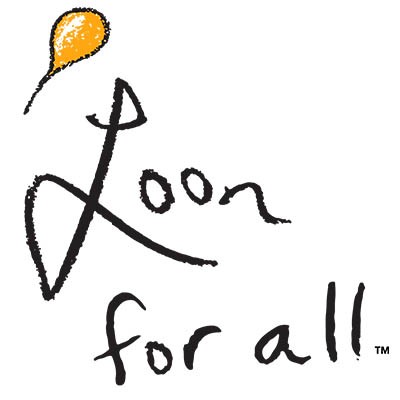Directive Blogs
Google’s Inflated Plan to Get the Internet to Billions of People Who Don’t Have It
It’s hard to believe that half of the world still doesn’t have access to the Internet. When so many people in the west take their near-ubiquitous Internet accessibility for granted, over three and half billion people don’t have access at all. Years ago, Google created what came to be known as X (or Google X) which was basically a research-and-development facility.
Today the facility operates as a subsidiary to Google’s parent company, Alphabet. Project Loon, however, has broken out of X and is now its own subsidiary of Alphabet. Its goal is to provide Internet to places that don’t have it with the use of high-altitude balloons. Some of the speeds are said to be up to 4G-LTE. Here’s how it works:
The high-altitude balloons are launched and are remotely moved into place about 18 km (11 miles) above the ground. Experts have determined that, at this height in the atmosphere, relatively low wind speeds create minimal turbulence; and, since the company can model approximate wind speeds for all seasons, they can keep the balloons between 18-to-25 km above the ground over a specific area. They do this by adjusting the volume of gas inside the balloon.
Reasons for Development
The main reason this technology was to be developed was simply that people in certain areas either don’t have access to Internet service or the service that is available is so expensive that it was basically unaffordable. For example, the first person to ever connect to Project Loon was a farmer from New Zealand who did have Internet available to him, but the cost (over $1,000 per month) was untenable for that farmer. Project Loon would give people like this--and there are billions of them--the affordable Internet they don’t have access to today.
The Benefits of Internet Access
Most of us take this for granted since most of us have access to some pretty incredible Internet speeds, but for the people who don’t, it can really put them behind. Think about how you use the Internet daily for work, for your personal life, your home life, and for something as simple as driving directions. Then realize that half of the world’s population doesn’t have access to any of that. The Internet brings access to information, enhanced communications, financial flexibility, productivity options that simply aren’t possible without it, and much, much more.
Delivering Internet today is like delivering electricity and clean water. Today’s society requires a degree of Internet accessibility. As a result, Project Loon could really be viewed as a humanitarian effort; and could be just the thing these developing regions need to get the opportunity to join the world community.
If you would like more information about Project Loon, you can check out their website at http://loon.co, and be sure to check back to Directive’s blog for more great technology information.


